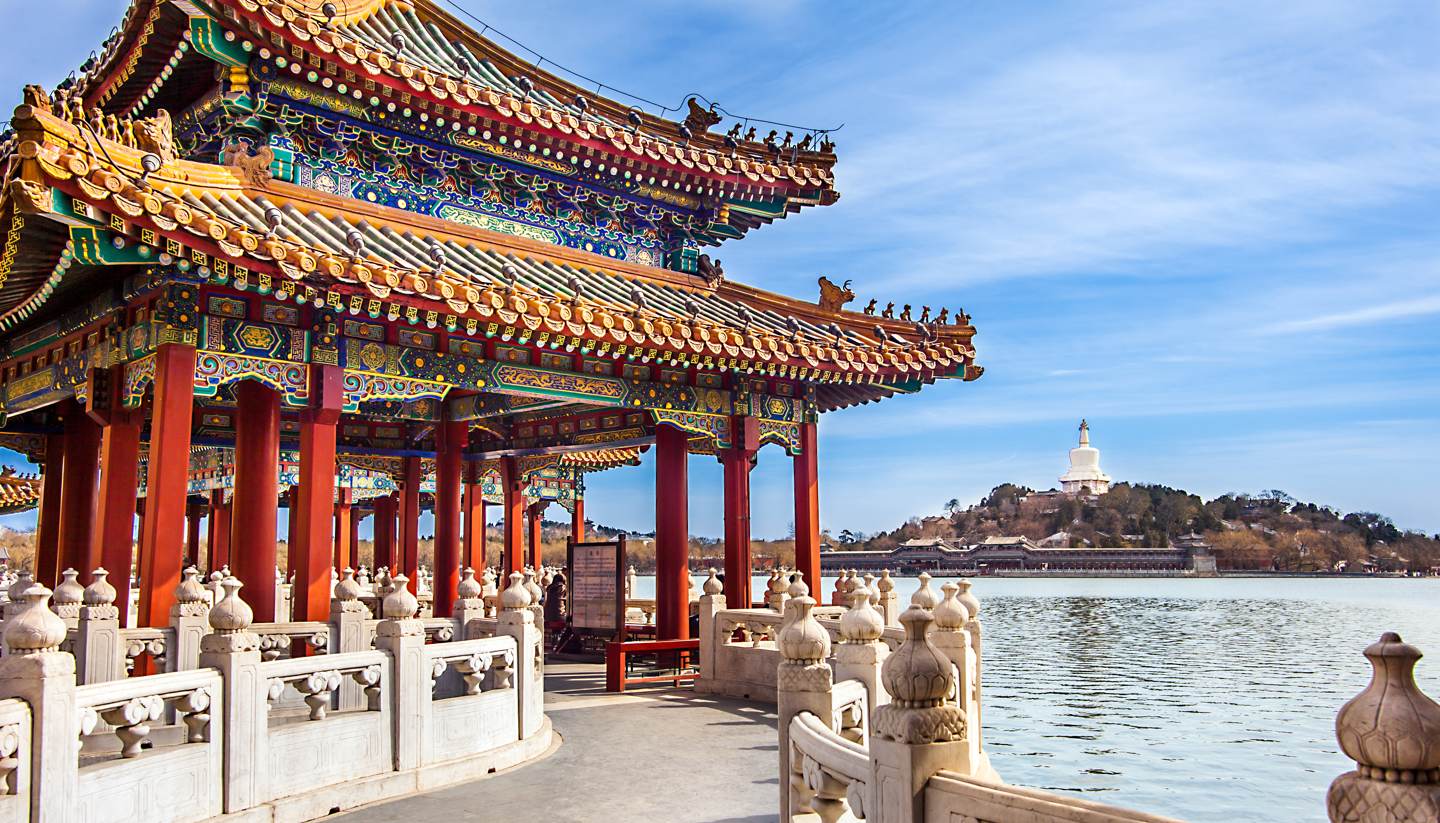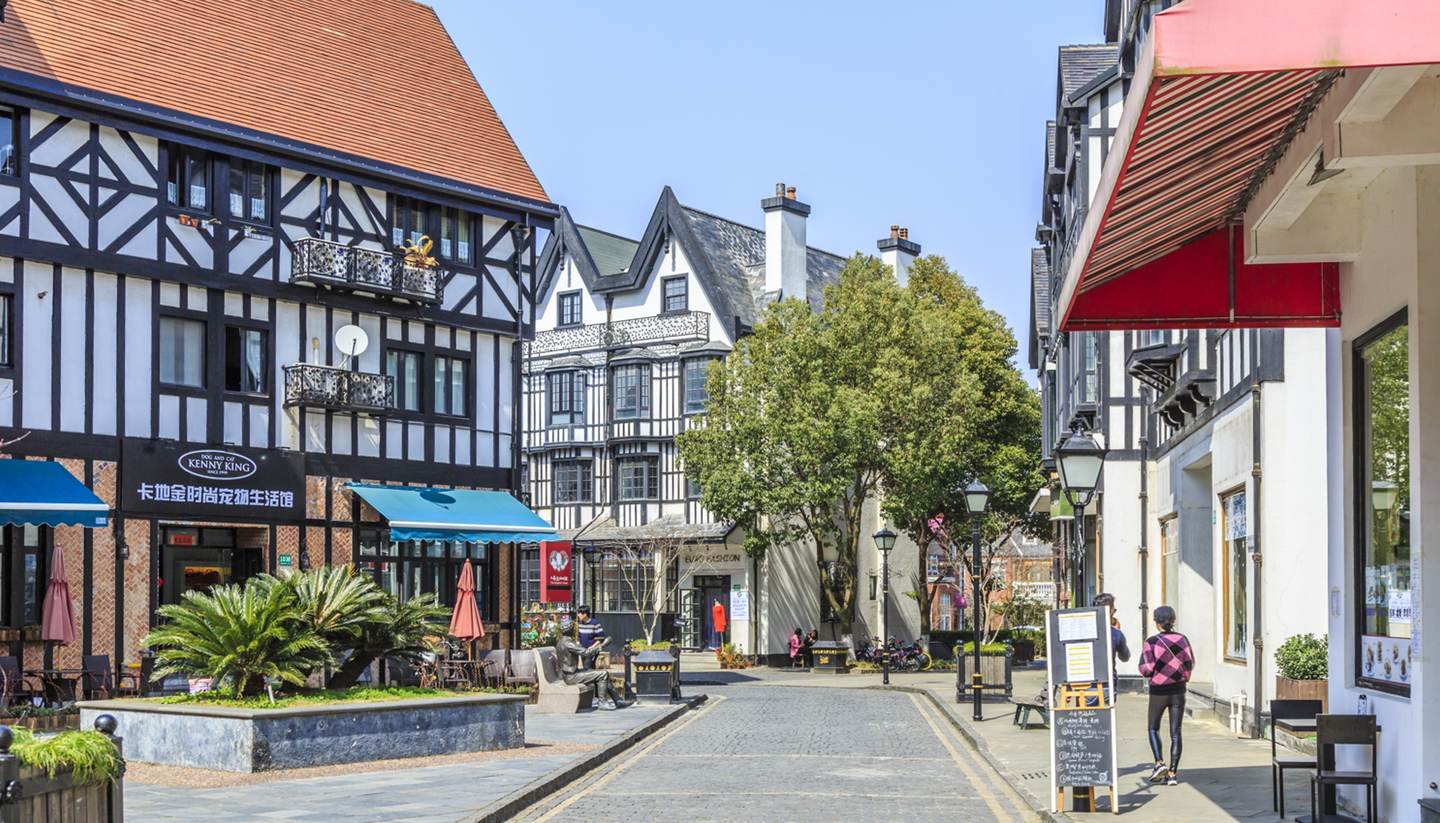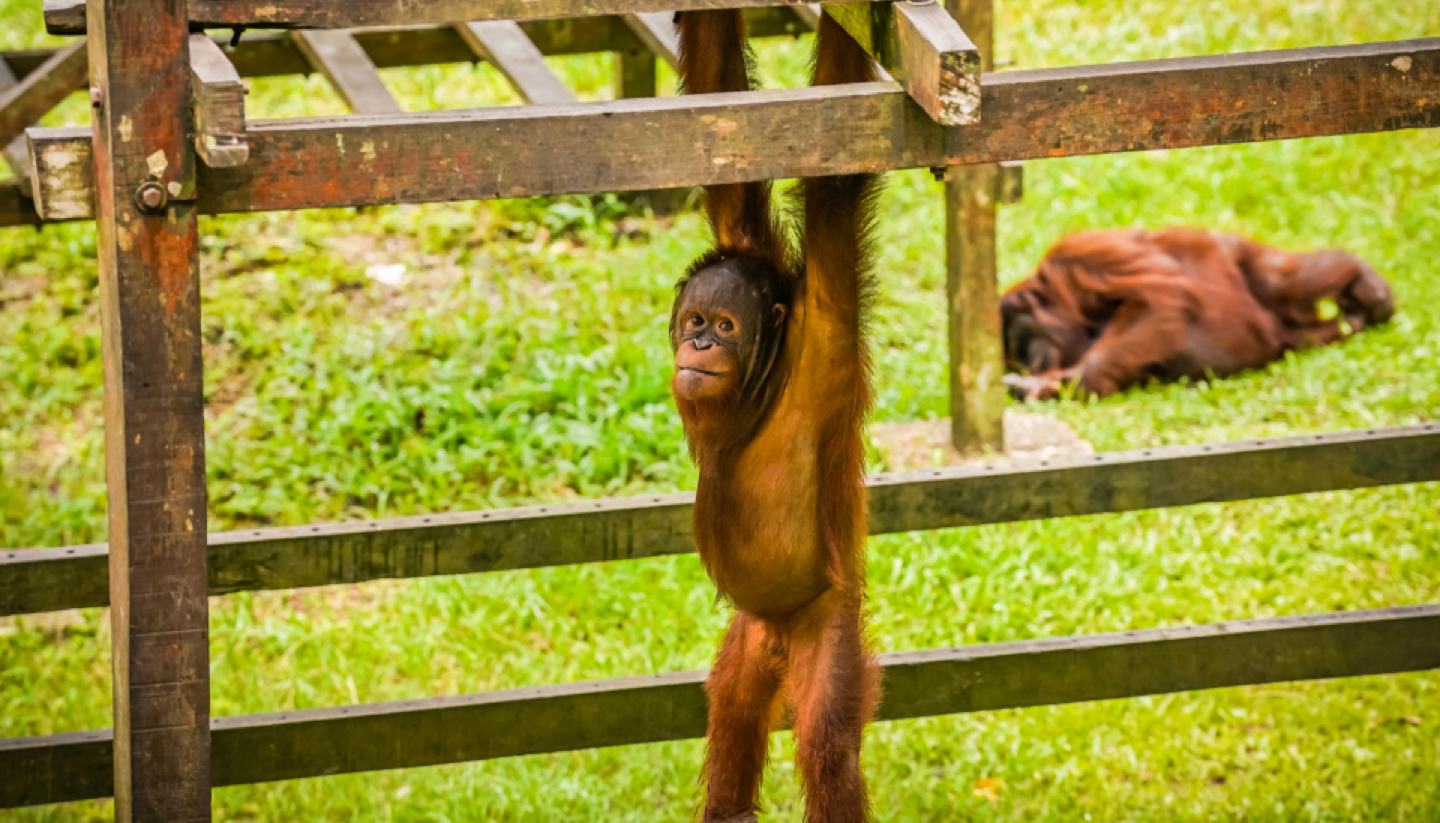Getting Around China
Air
China's airlines operate about 1,000 domestic routes, serving over 150 cities. Routes are served by the three major state-owned groups of Air China (www.air-china.co.uk), China Southern Airlines (www.csair.com/en) and China Eastern Airlines (http://uk.ceair.com).
International airports in Beijing, Shanghai and Guangzhou have undergone massive upgrades with stylish new terminals added. Tickets are normally purchased by guides and the price will be included in any tour costs.
Independent travellers can also book through the local Chinese International Travel Service (CITS), which charges a small commission, popular online agent Ctrip.com (http://english.ctrip.com) or buy tickets in booking offices or at some hotel travel desks. It's advisable to buy internal air tickets well in advance if travelling during April, May, September or October.
There are multiple daily connections to Hong Kong from Beijing, Shanghai and Guangzhou, as well as other cities. You can also fly directly to Taiwan from numerous cities on the mainland. Flights are always overbooked so you must confirm seats before travel.
Note: Safety records have improved greatly in recent years, and Chinese airlines now almost exclusively operate aircraft from Western companies such as Boeing and Airbus with average fleet ages of six to eight years.
Departure tax
Included in the air fare.
Road
Be aware that it's not possible to drive in China without a Chinese driving licence. Obtaining this can be a complicated process and in most cases it's preferable and relatively inexpensive to hire a car with a driver. China’s road infrastructure itself is generally of a high standard, particularly between major centres. Police road blocks are not uncommon, and standards of driving can be erratic.
Distances should not be underestimated and vehicles should be in prime mechanical condition as away from the cities, China is still very much an agricultural nation without the mechanical expertise or services found in the West. From Beijing to Shanghai is 1,461km (908 miles), and from Beijing to Nanjing is 1,139km (718 miles).
Side of the road
RightRoad Quality
As part of its economic drive, China has undergone rapid expansion of its road network and it is now possible to reach 80% of settlements by road, although a high percentage of roads are simple gravel tracks rather than tarmacked surfaces. A superhighway links Beijing and Tianjin, and a 138km (86-mile) four-lane toll highway links Hangzhou and the port of Ningbo in the Zhejiang province.
Car Hire
Available, but a three-month residency permit and examination are required to gain a local licence which makes self-drive car hire all but impossible in practice for short-term visitors. Cars with a driver can be hired on a daily or weekly basis.
Taxi
Taxis are available in large cities from most hotels and shopping districts, and are generally permitted to stop at the passenger's signal. It's best to check if the taxi is metered. If not, then it's important to agree a fare beforehand (especially at railway stations), before getting into the taxi. Drivers are not normally tipped.
You should have your destination written down in Chinese characters before starting any journey as most drivers do not speak English. Hotels often provide cards with the hotel address and that of several key attractions or points in the city. Taxis can be hired by the day.
Bike
Within the major urban centres, motorised forms of transport dominate, and cycling is tantamount to taking your life into your own hands. Motorbikes and e-bikes are more common although still require caution. However, cycling in more rural areas is certainly doable, although it may be more difficult to hire bicycles outside the cities.
Coach
There is an extensive intercity network of long-distance buses which tourists can use as an alternative to air or train travel. These are much cheaper than trains and most have air-conditioning, toilets, and depending on the length of the journey, may have sleeping berths. Seats can generally be booked in advance at the coach station.
Regulations
The maximum speed limit in China is 120kph (75mph) on expressways. This drops to 100kph (62mph) on city roads and 80kph (50mph) on national highways.
Documentation
A Chinese driving licence is required to drive in China; International Driving Permits aren't recognised.
Urban travel
There are metro systems in Beijing, Shanghai and several other cities including Tianjin, Guangzhou, Shenzhen, Chengdu, Nanjing, Xi'an, Harbin and Qingdao. Hong Kong has its Mass Transit System, and tramways and trolleybuses operate in a number of other cities. Most cities have public transit systems, usually bus.
Rail
Railways provide the principal means of transport for goods and people throughout China, with the network standing as one of the busiest and most comprehensive worldwide. The routes are generally cheap, safe and well maintained. Routes operate between major cities; services include Beijing to Guangzhou, Shanghai, Harbin, Chengdu and Urumqi.
There are three types of train, of which Express is the best. There are four types of fare: hard seat, soft seat (only on short-distance trains such as the Hong Kong to Guangzhou line), hard sleeper and soft sleeper (the priciest option). Children under 1m (3ft) tall travel free and those under 1.3m (4ft) pay a quarter of the fare. Rail travel is usually comfortable but time-consuming due to the vast distances between destinations. High-speed intercity trains travelling up to 350kph (218mph) link Beijing with Tianjin, and Shanghai with Suzhou and Hangzhou.
The Qinghai to Tibet railway which is a 1,142km (710mile) route from Golmud in Qinghai to Lhasa in Tibet is the most elevated rail route in the world, reaching an altitude of 5,072m (16,640 ft). Services operate to Lhasa from Beijing, Xi'an, Chengdu, Chongqing, Guangzhou and Shanghai.
Water
All major rivers are served by river ferries, especially the Yangtze. Coastal ferries operate between Dalian, Tianjin (Tientsin), Qingdao (Tsingtao) and Shanghai. There are regular ferry services between mainland China and Hong Kong, conditions on which vary.





